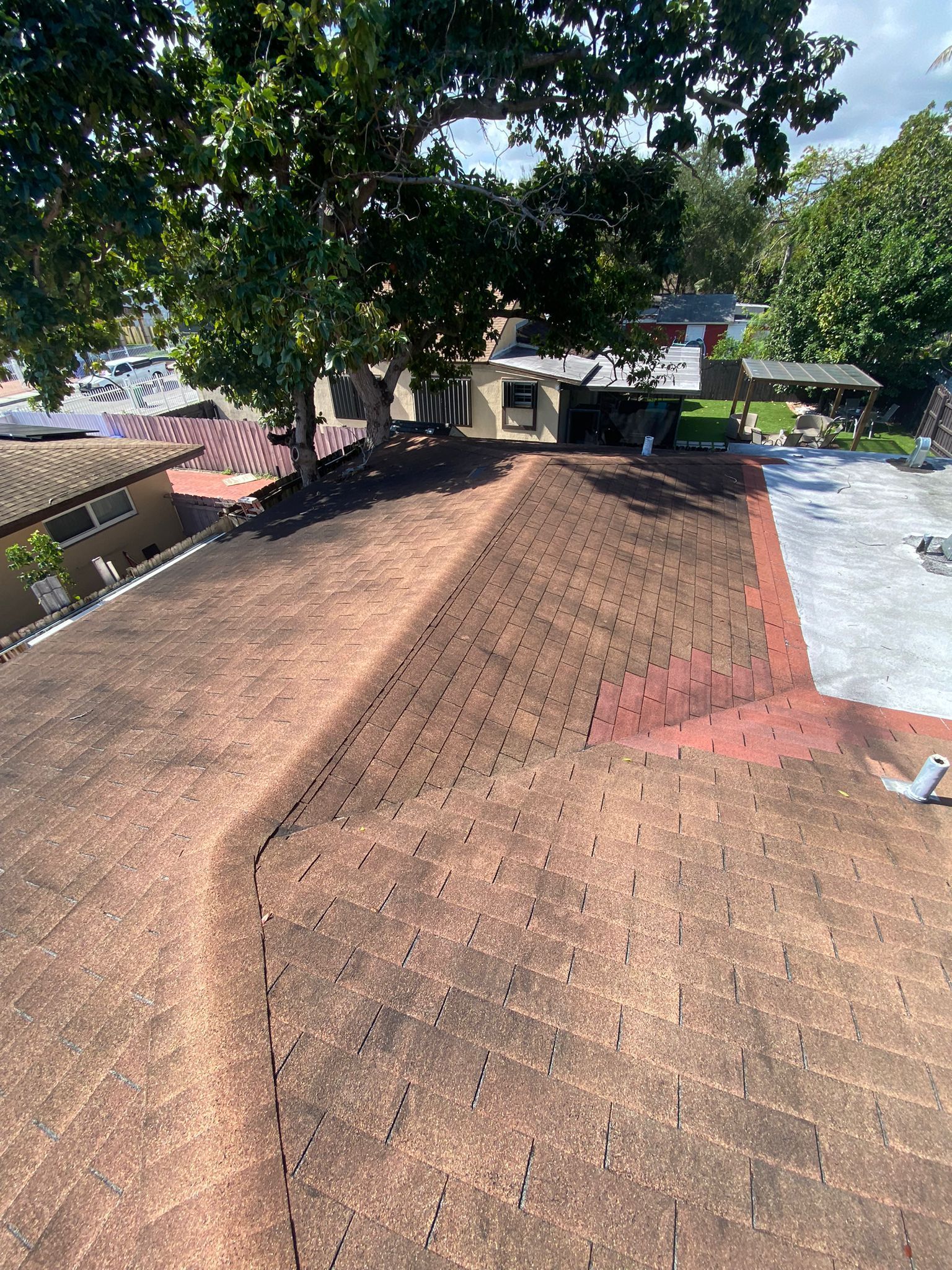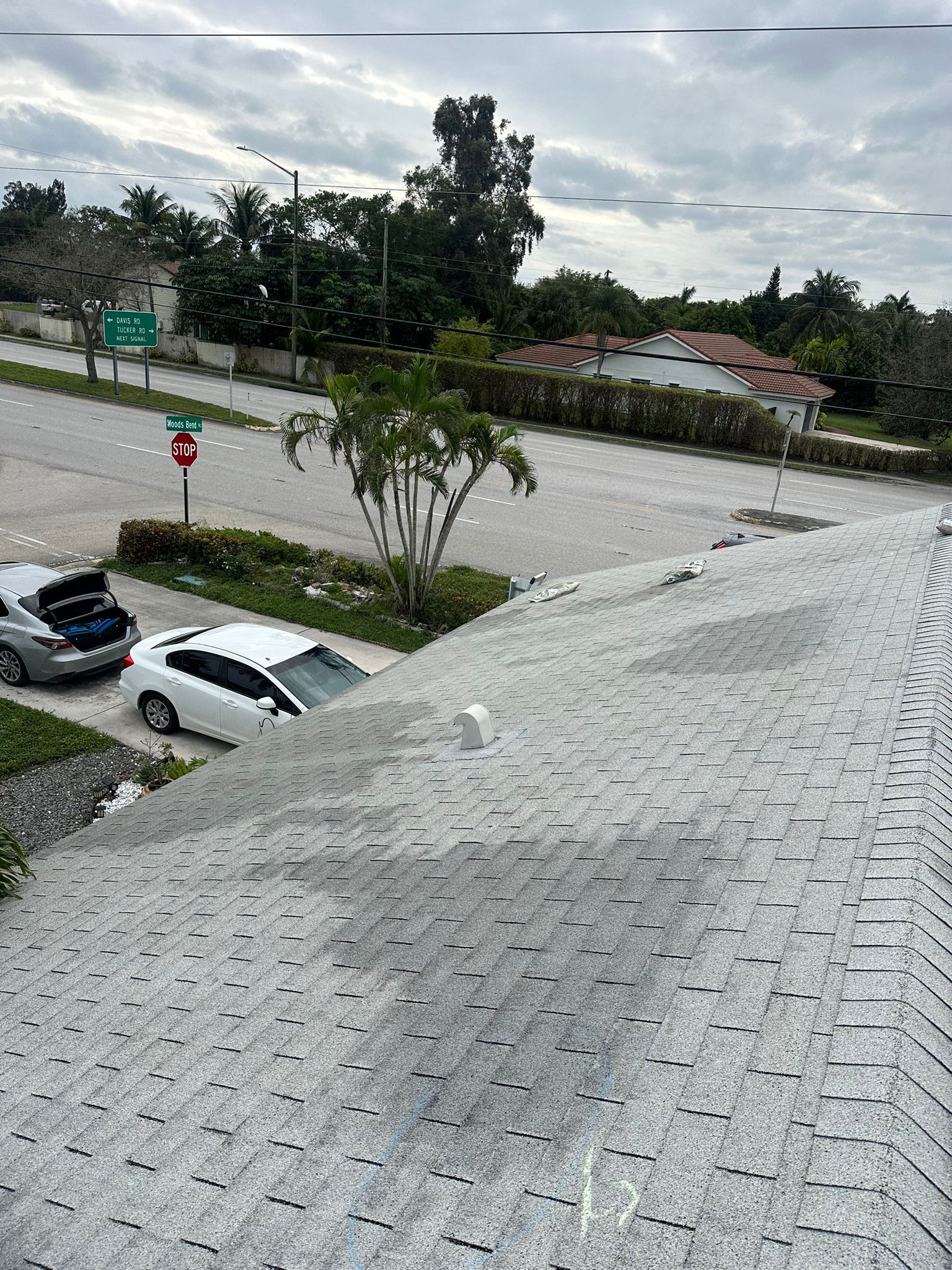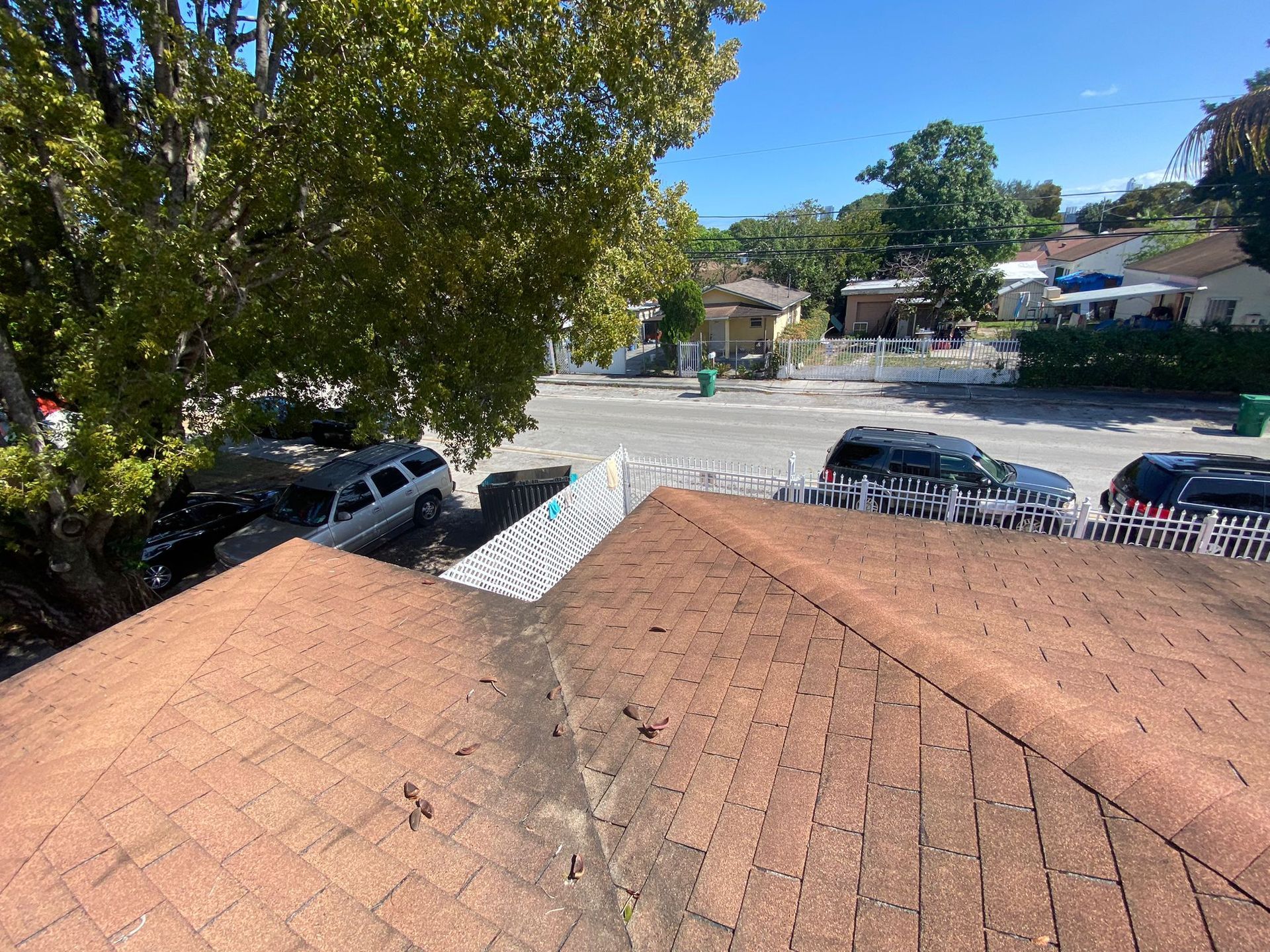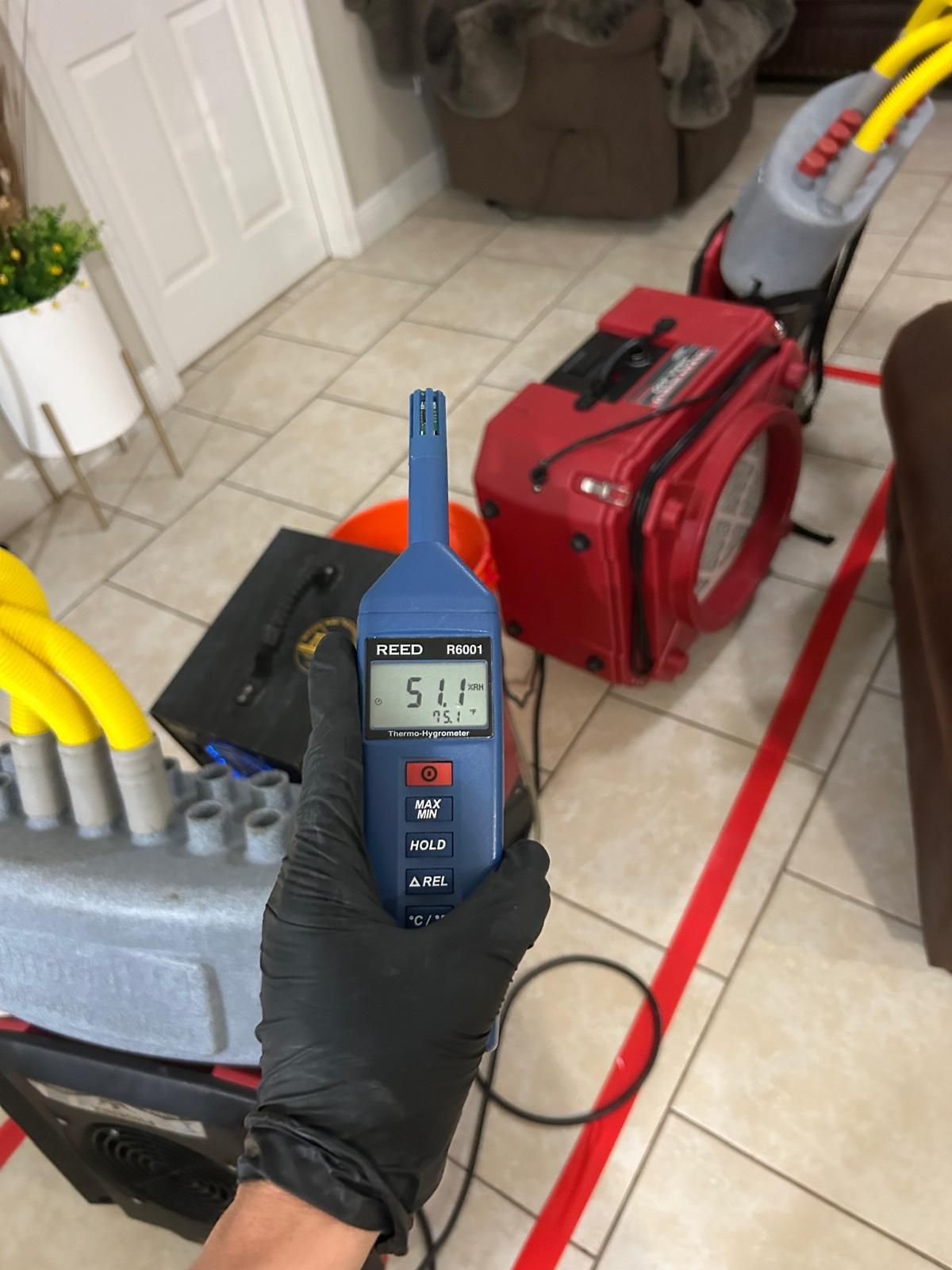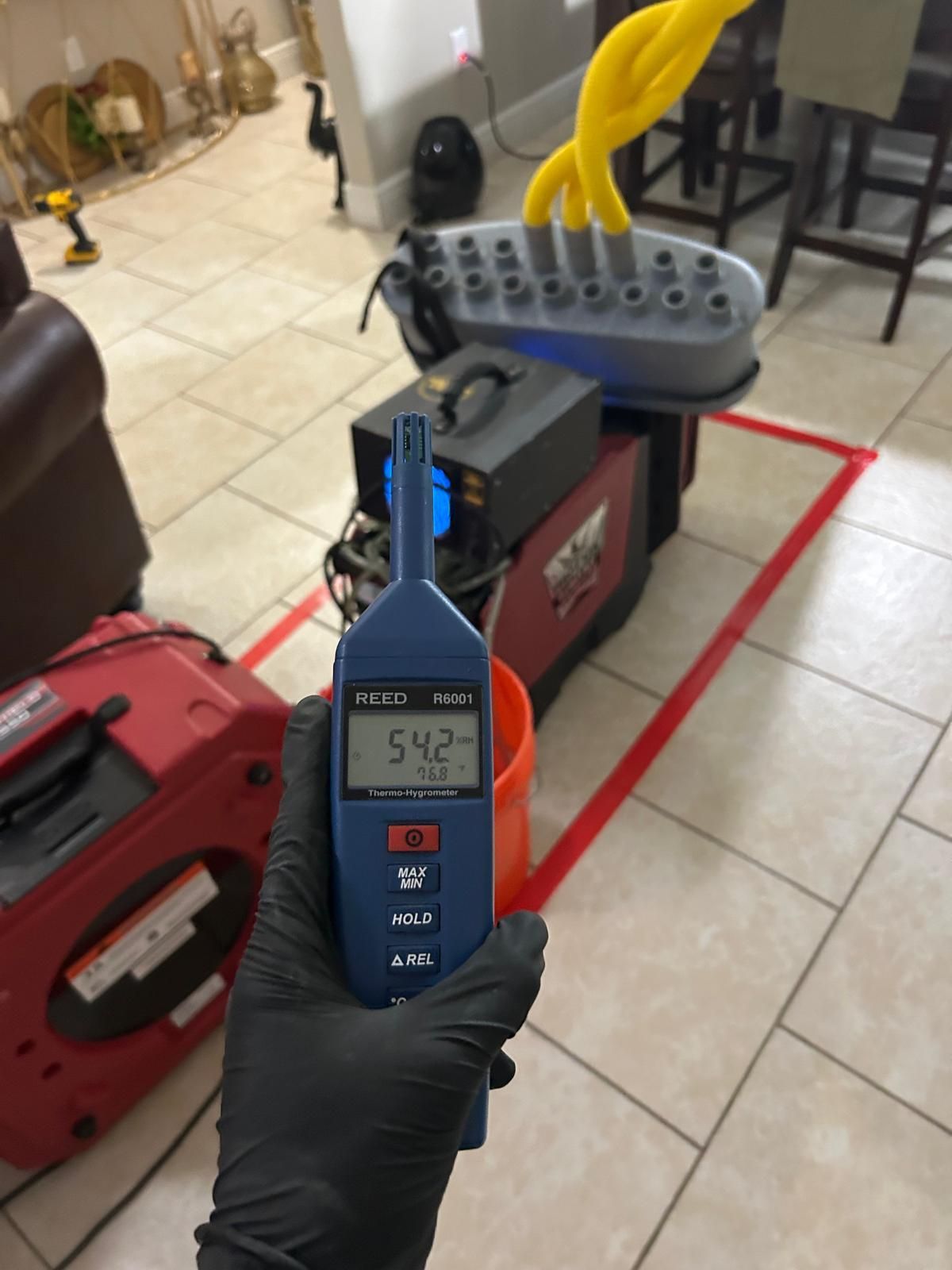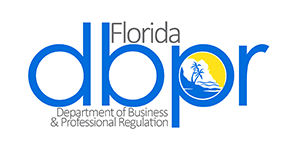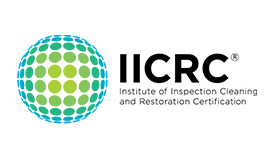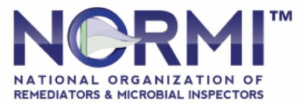Storm & Weather Damage Restoration
Living in areas prone to severe weather, especially hurricanes, presents unique challenges for homeowners and businesses alike. Understanding how to respond effectively to the damages caused by these natural events is crucial for rapid recovery and minimizing long-term impacts. This guide delves into weather damage mitigation and restoration services, with a special focus on hurricane damage, outlining what these services include, how they help, and the importance of being prepared.
Get Your Free Estimate
Our 10-Point Guide to Our Weather Damage Mitigation & Restoration Services
Understanding Weather Damage
Weather damage to properties can arise from a variety of events, including hurricanes, tornadoes, hailstorms, and severe thunderstorms. These events can cause extensive damage to buildings, infrastructure, and landscapes. The most severe of these, hurricanes, can lead to flooding, roof damage, broken windows, and even structural failure.
Types of Weather Damage
1. Wind Damage: High winds can rip off shingles, tear down fences, and even uproot trees.
2. Water Damage: Heavy rains and flooding can inundate buildings, leading to water intrusion and subsequent issues like mold.
3. Impact Damage: Flying debris during a storm can break windows, damage exteriors, and disrupt power lines.
The Role of Mitigation in Weather-Related Damage
Mitigation involves taking measures to reduce the risk of damage before, during, and after a weather event. For hurricanes, this includes:
- Securing Loose Items: Ensuring outdoor furniture and other items are secured or brought indoors to prevent them from becoming airborne.
- Strengthening Structures: Installing storm shutters, reinforcing garage doors, and using high-impact glass for windows.
- Improving Drainage: Clearing gutters and downspouts and installing additional drainage solutions to handle heavy rains.
Mitigation is crucial because it directly influences the extent of damage a property might sustain during a storm and the speed of subsequent recovery efforts.
Restoration Services After Weather Damage
Once the storm has passed, restoration services play a critical role in returning life to normal. Here’s what the restoration process typically involves:
Immediate Response
1. Assessment: Professionals assess the extent of damage to the property.
2. Emergency Repairs: Temporary repairs such as tarping roofs or boarding up windows are made to secure the property and prevent further damage.
Detailed Restoration
1. Water Removal: If flooding has occurred, water is extracted, and the area is dried to prevent mold growth.
2. Debris Cleanup: Storm debris, including broken branches, shattered glass, and damaged personal property, is removed.
3. Repair and Reconstruction: Damaged parts of the building are repaired or reconstructed. This might include flooring and drywall.
Choosing the Right Weather Damage Restoration Provider
Selecting an experienced and reliable restoration provider is crucial. Key factors to consider include:
- Experience with Weather Damage: Look for companies that specialize in dealing with storm and hurricane damage.
- Licenses and Certifications: Ensure the provider holds all necessary industry certifications and local licenses.
- Rapid Response Capability: Choose a company that offers 24/7 emergency services.
- Comprehensive Services: The provider should handle both mitigation and restoration, offering a seamless service experience.
Importance of Preparation
Being well-prepared can significantly mitigate the effects of a hurricane or severe storm:
- Emergency Kits: Maintain up-to-date emergency kits with essentials like water, food, medications, and batteries.
- Evacuation Plans: Have a clear evacuation plan in place, especially if you live in a high-risk area.
- Insurance: Review your insurance policies to ensure they cover the types of damage your area is prone to.
Long-term Benefits of Professional Mitigation and Restoration
Professional services not only help in the immediate aftermath of a storm but also provide long-term advantages:
- Structural Integrity: Proper repairs and reconstruction help maintain the structural integrity of your property.
- Property Value: Well-maintained properties retain their value better, even in disaster-prone areas.
- Health and Safety: Effective mitigation and restoration efforts reduce health risks associated with mold and structural hazards.
Conclusion
Weather damage, particularly from hurricanes, can be devastating, but with the right preparation and professional support, it is manageable. Understanding the processes and benefits of weather damage mitigation and restoration services is key for homeowners and businesses in vulnerable areas. These services not only restore damaged properties but also prepare them to withstand future storms, ensuring safety and peace of mind for all residents. Being proactive and engaging with qualified professionals can dramatically reduce the impact of severe weather events and speed up the recovery process, allowing communities to bounce back stronger.
Contact Us
Let's Talk About Your Next Project
Get Your Free Estimate
Well Home Solutions is Certified Accredited.
Need Financing?
We know it is not easy to cover the cost of a project for unexpected home emergencies. We can help!
About
Well Home Solutions, your dedicated expert in navigating home restoration and repair across Florida with unwavering commitment and professional integrity.
Areas We Serve
- Miami
- Naples
- West Palm Beach
- Orlando
- Tampa
Need assistance? Our experts are ready to help—call us at (305) 224-1666.




